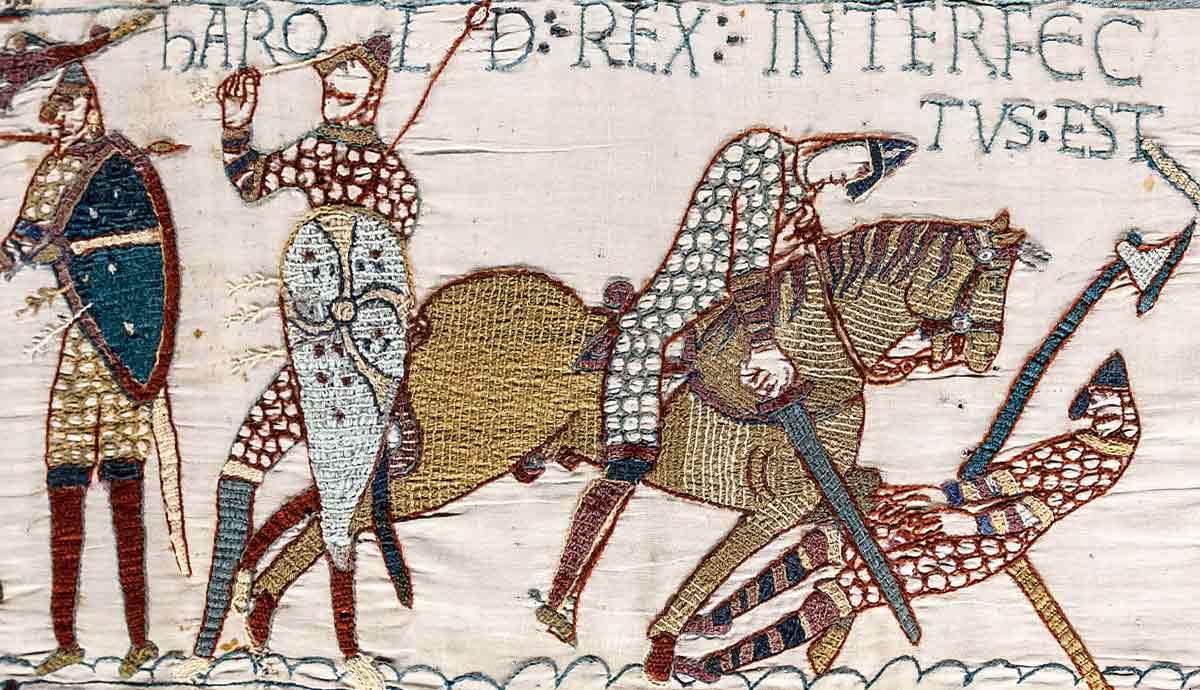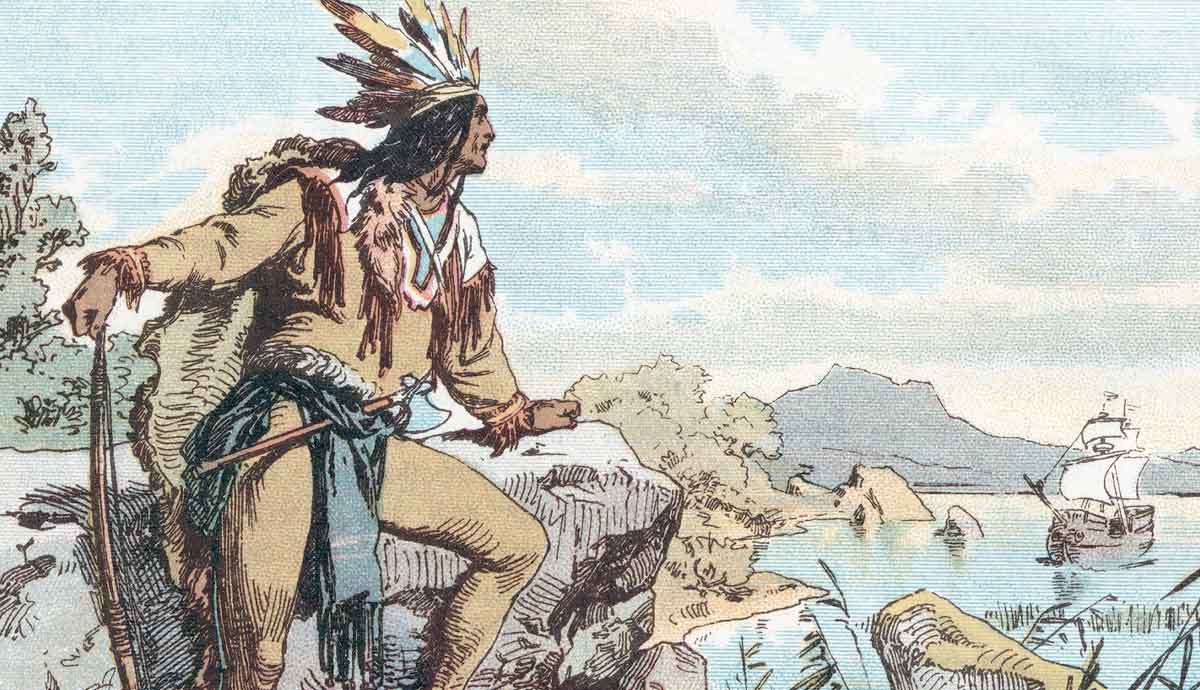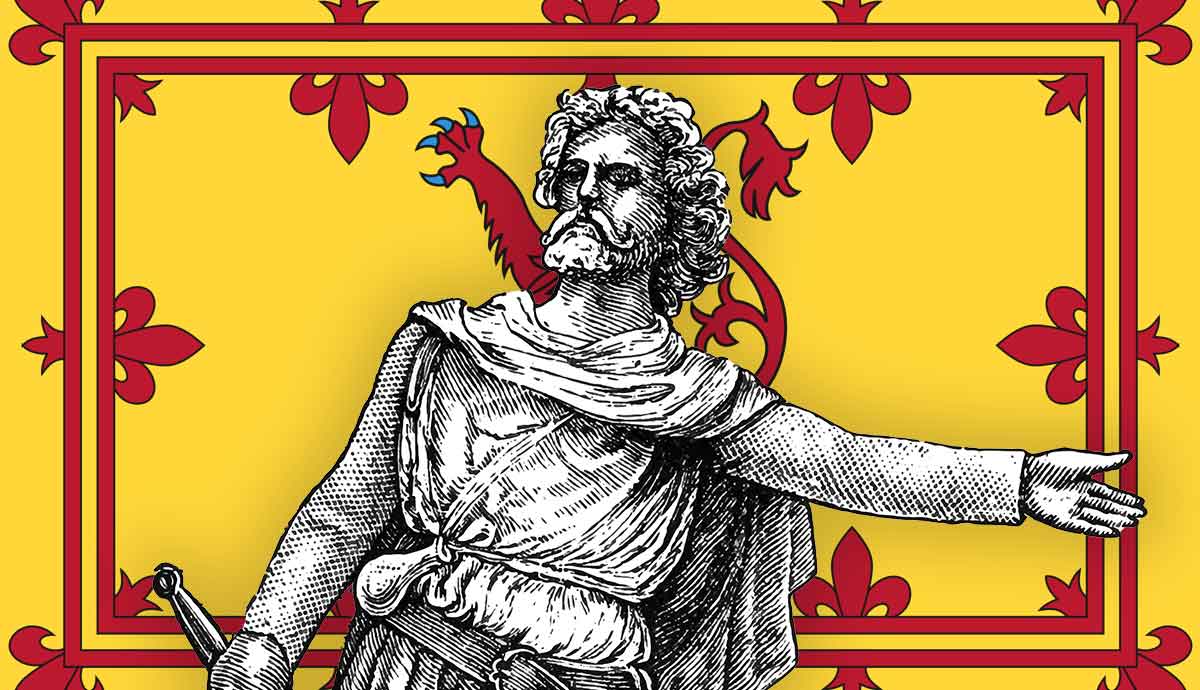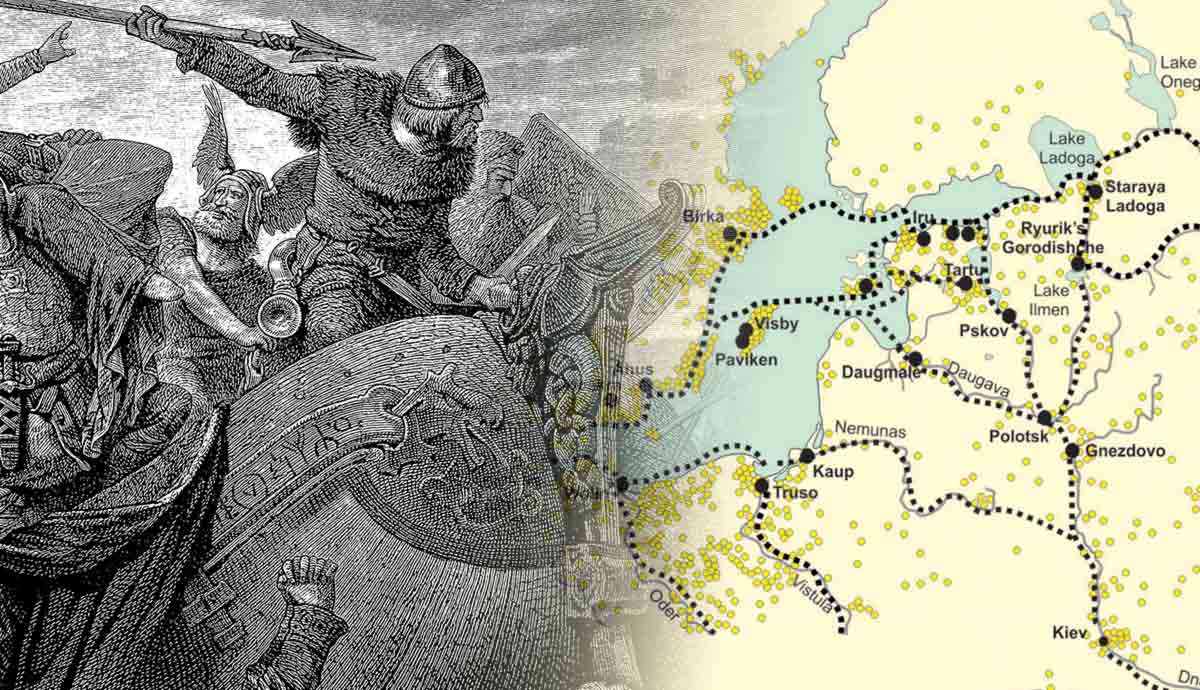
The 1066 Battle of Hastings became that critical battle that defined England’s future for centuries. England’s political status was at stake. Since 410 CE, the Saxons had ruled England, making it their own. Now, in 1066, William II, Duke of Normandy, claimed England’s throne as heir, threatening invasion. King Harold II denied the duke’s claim, and others. All negotiations broke down, with war as the only recourse.
The Battle of Hastings: Causes

The main reason behind this historic battle started with England’s King Edward the Confessor’s death on January 5, 1066. Importantly, Edward left no heir and one living relative, his sister’s husband, Harold Godwinson. The Saxons hoped to avoid a succession crisis and chose Harold to become King Harold II. But their swift selection fueled the crisis as William II and Norway’s King, Harold Hardrada, pressed their claims. Angrily, both men began to gather their forces.
William’s Claim on England’s Throne

Upon hearing of Harold’s coronation, William reportedly became angry, recalling Harold’s pledge of support for England’s throne from two years before. In 1064, Harold traveled to Normandy for unknown reasons. Somehow, fate shipwrecked Harold on the Normandy coast, and a local noble imprisoned him. Duke William rescued Harold by force or ransom but, in return, required a pledge of fealty. Whether voluntary or coerced, William took Harold’s fealty seriously.
William also claimed Edward named him as his successor in 1051. Based on this, in addition to Harold ignoring the oath, William decided to invade.
Who Else Claimed England’s Throne?

Norway’s King Harald, too, claimed England’s throne, adding to King Harold‘s woes. The Norwegian King’s complicated right came from King Edward. Before his death, Edward had negotiated with Harald, saying he may have a claim. Edward had ruled England since Cnut the Great’s death, leaving England, Denmark, and Norway in limbo.
Key Dates for the Battle of Hastings

The battle occurred on October 14, 1066. William’s mixed infantry and cavalry forces landed at Pevensey two weeks before the battle, building fortifications. Once organized, he marched towards London. A shocked King Harold learned of the landings soon after. However, the English King had an exhausted army in York, far to the North. But he recognized the peril with the Normans on London’s doorstep.
King Harold Up North

Though William II caught his opponent flatfooted with his landing, Harold’s presence in the North was required. The Viking Norway King Harald sprang an invasion on September 18, 1066, seeking the throne. Harold mustered his troops, marching his infantry to meet the Norwegians. On September 20, 1066, they clashed at the Battle of Stamford Bridge. The English defeated the Viking invaders, even killing King Harald. But on September 28, Harold pivoted, marching his fatigued army quickly south to stop the Normans.
Where the Battle Took Place

The actual Battle of Hastings took place at Senlac Hill, near Hastings. Harold arrived first on October 13, building defensive positions. The next day, William II’s forces arrived, and fighting commenced at 9 AM. The Normans attacked Harold’s Saxon shield wall, their archers showering them with arrows. Yet the Saxon shield wall held, repelling Norman attacks throughout the morning.
How William II’s Tactics Led to Victory

The Norman knights’ mobility gave Duke William an advantage over the Saxons. William used bait-and-flee tactics to draw the Saxons out as the battle continued. Those who pursued were cut off and destroyed. This weakened Harold’s shield wall, killing his professional soldiers, who he replaced with mobilized soldiers. These men tended not to be as steady. The constant arrow barrage helped, too. The break William needed happened in the afternoon. Sources differ, but King Harold died, hit by an arrow in the eye.
This, plus the Norman’s grinding attacks, broke the English lines. William’s men hit harder, killing many. Historians and survivor’s accounts think that maybe half of the English troops perished, and the Normans lost a quarter.
The Battle of Hastings: A Turning Point

With Harold’s death and the decisive defeat, Duke William II marched on London. Crowned King on Christmas Day, 1066, meant social and political changes were coming. The Normans introduced feudalism, replacing the Saxon nobles with Norman ones, thus creating a military class. French replaced English in many areas but eventually blended into modern English.
The Normans introduced Continental architecture, such as Romanesque churches and stone castles. The Normans used castles as control points, fighting the rebellions that occurred for several years. However, William the Conqueror’s victory meant the Normans settled in, making England the country the world knows today.










